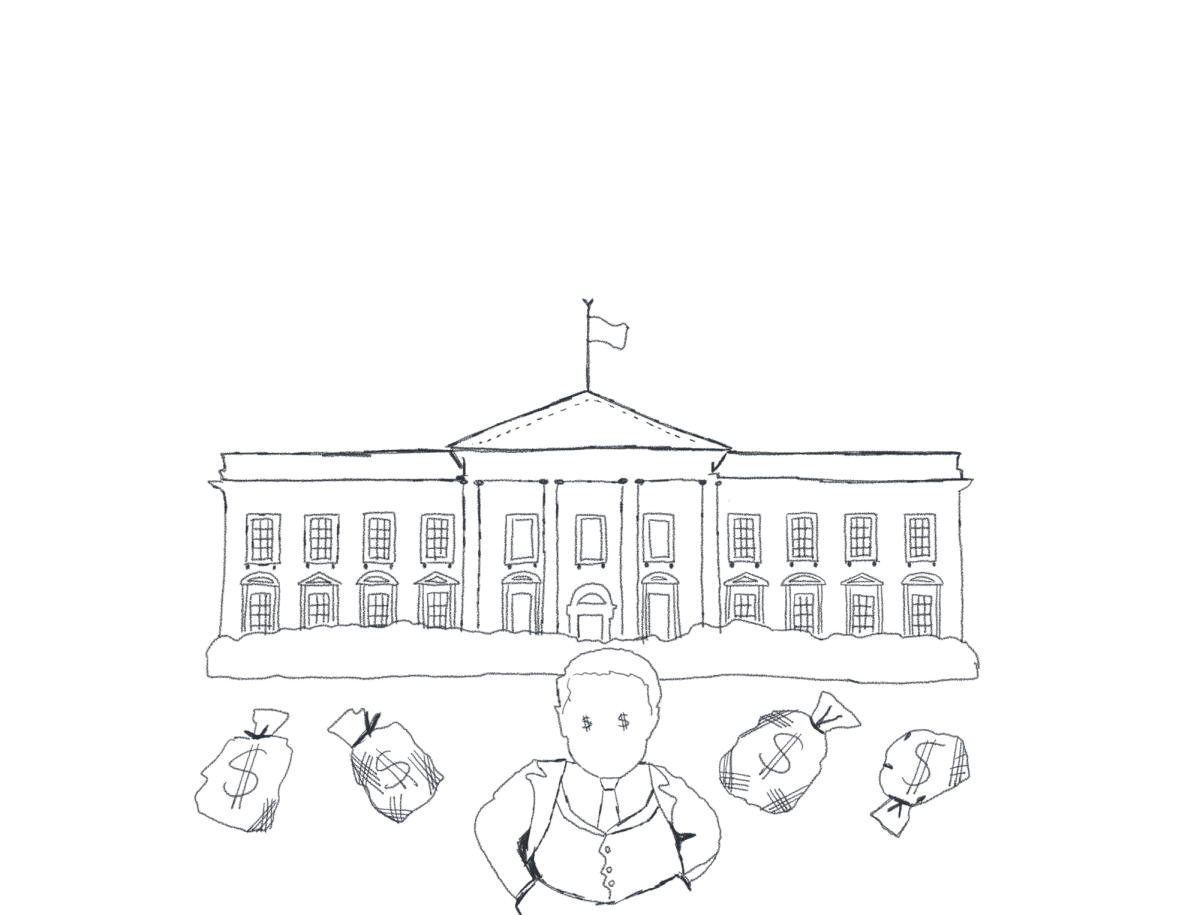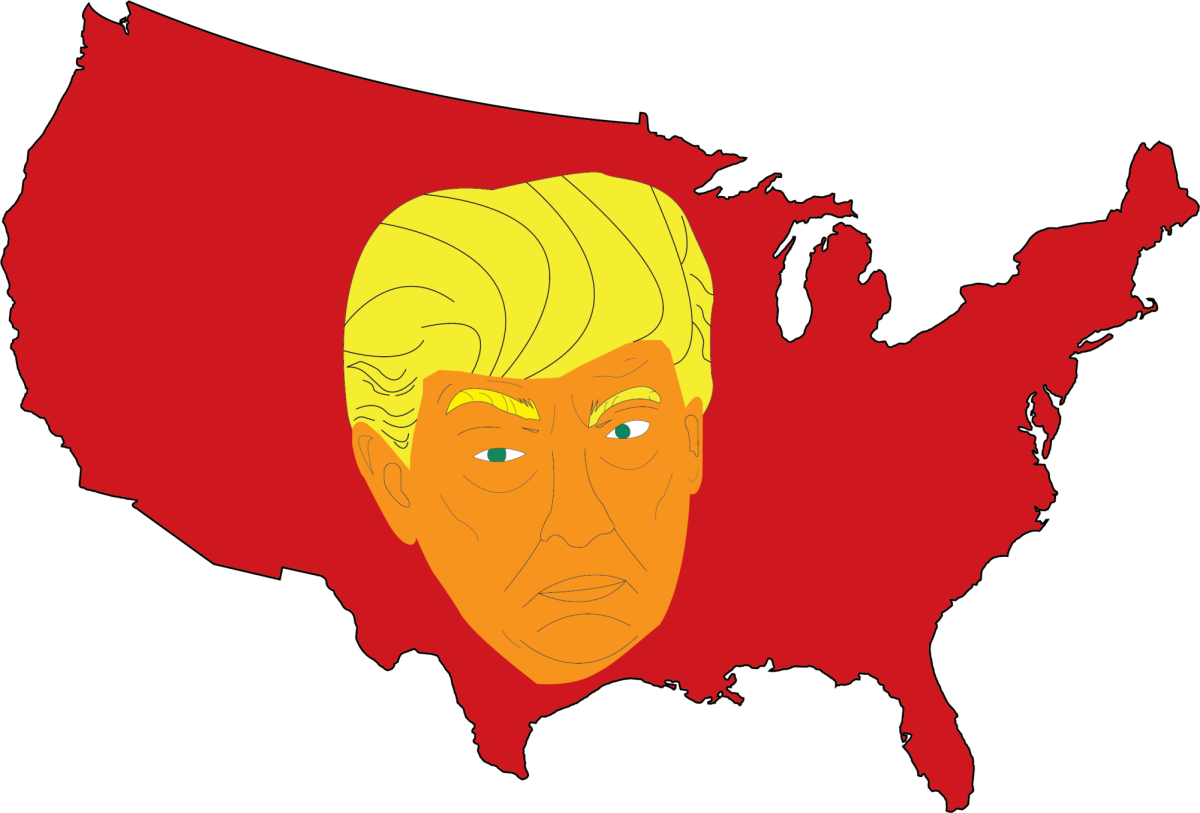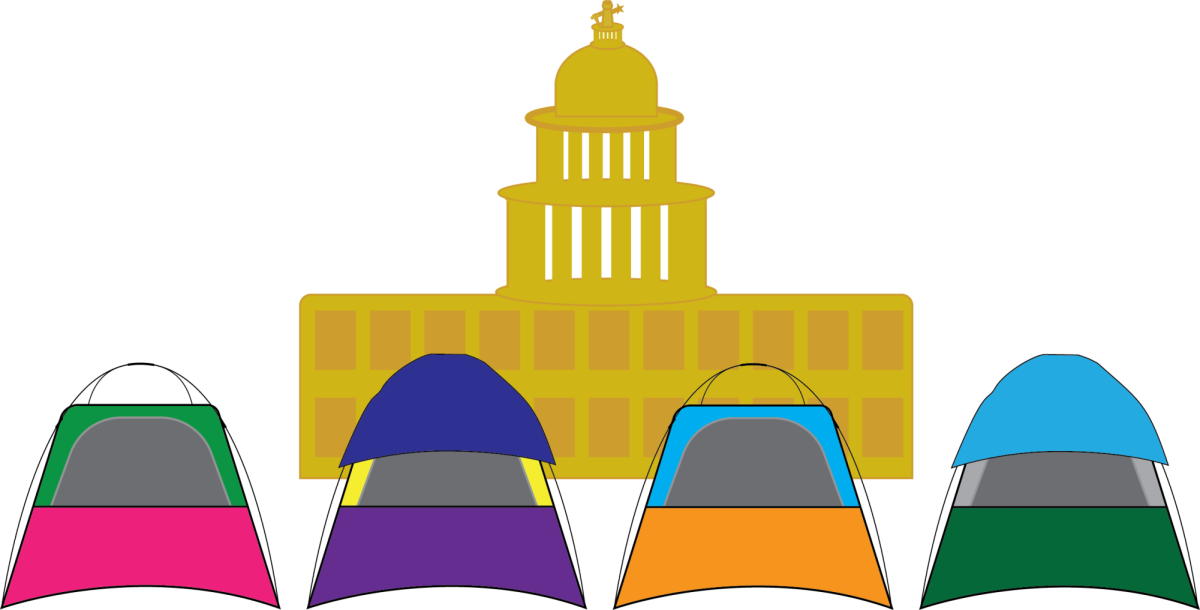A majority of Americans are now closer to poverty and financial ruin than ever before. According to CBS News, nearly 60% of Americans cannot afford a $1,000 emergency expense and are essentially living paycheck to paycheck. Yet, with the election of Donald Trump and the growing influence of billionaire allies such as Elon Musk and Peter Thiel over governmental and political affairs, many fear that a self-enriching oligarchy will only exacerbate the growing wealth divide in the U.S.
Recalling a period in American history of deregulation, extreme wealth inequality, and corporatist control over society, the current era has already been termed the Second Gilded Age of America by a number of historians and economists alike. Professor of economics at the University of California, Berkeley, Brad DeLong, one of the most vocal opponents against the current trend towards extreme wealth inequalities, views many attributes of the first Gilded Age in modern American society.
“The original Gilded Age (roughly 1870-1900) was defined by extreme income inequality, the dominance of a small elite over political and economic life, the erosion of democratic norms, and the disillusionment of the working class,” DeLong said. “The parallels with today are stark.”
First coined by Mark Twain, the Gilded Age began in the second half of the 19th century. At the height of the Industrial Revolution, the U.S. was able to emerge as an industrial powerhouse as new technologies from the steam engine to petroleum refining, as well as rapid railroad expansion, facilitated massive economic growth, per the Library of Congress. Dr. Brian Ingrassia, an associate professor of history at West Texas A&M University, explained that this progress created a new class of American industrialists who, not unlike today’s billionaires, made enormous fortunes by monopolizing industries and promoting technological innovation.
“I would say the biggest analogy that I see is that there are a lot of huge fortunes made in the Gilded Age, based on new technologies, in particular,” Ingrassia said. “…What I see today is a number of individuals who have also built very, very large fortunes on a new technology and that technology specifically is computers and the internet. I think if you look at the biggest fortunes today, the Carnegie, Rockefellers, and Vanderbilts of today, it’s Jeff Bezos, it’s Mark Zuckerberg, it’s Bill Gates–people who took the new technology of computers and especially the internet, and used that to create economies of scale and then extract lots of wealth from a large market using those technologies.”
While the first Gilded Age’s captains of industry expanded American industry and some engaged in philanthropy, according to Dr. Ingrassia, they were also known as robber barons because of their ruthless business practices and their oligarchical influence over American politics via bribes and political machines. Though today’s billionaires are not as flagrant, DeLong still sees similarities with 19th century robber barons in them.
“Just as the Gilded Age had railroad barons, steel magnates, and oil tycoons funding political campaigns and controlling policy through backroom deals, today’s billionaires wield enormous influence over political parties, media narratives, and even social media platforms,” DeLong said.
During the first Gilded Age, old press barons such as William Randolph Hearst, once the architect of one of the largest media conglomerates in history, pioneered yellow journalism and sensationalist stories to sway public opinion for political gain. In 2025, DeLong believes the billionaires controlling social media today utilize its algorithmic nature and lax standards to control public narratives in a way that eclipses even Gilded Age-era social engineering.
“The old press barons like Hearst could manufacture consent, but today’s media is more fragmented, algorithmic, and less bound by journalistic ethics,” DeLong said. “Social media monopolies exert a level of influence unimaginable in the 19th century.”
In an opinion piece published in the Guardian, former Secretary of Labor Robert Reich sounds similar alarms, pointing to Jeff Bezos’ decisions to shift the Washington Post’s opinion section’s focus to conservative themes such as defending free markets and barr its editorial board from endorsing Kamala Harris as an example of the billionaire bending the knee to President Trump as a political favor. Additionally, both economists pointed to Senior Advisor Elon Musk’s transformation of X, formerly Twitter, into a platform demonstrably favoring right-wing narratives and influencers as further evidence of oligarchical efforts to consolidate political power and create an echo chamber that feeds into the current administration’s agendas.
“The first term already showed that Trumpism isn’t about ‘draining the swamp’ but making the swamp work directly for his allies,” DeLong said. “Expect even greater political favoritism for corporate donors.”
As a counter to the elitist control of politics and industry and the economic struggles most Americans faced, the populist movement was born during the first Gilded Age to forward the interests of farmers and the working class. However, unlike Trump’s now-pro-business, conservative populist base, Ingrassia says the original Populist Party was less concise in their goals and actually opposed free market economics.
“One of the things the populists wanted in the 1890s is they wanted inflation because they thought that was good for farmers,” Ingrassia said. “…Populism is less about the specific solutions and policies, and it’s more about how those solutions and policies get marketed to the people. I think today we’re seeing a populist movement that is different: it uses similar tactics, maybe similar concepts, but it’s approaching these problems from a very different angle than 130 years ago, let’s say.”
In stark contrast to their predecessors, according to history department chair and University of Texas at Austin (UT) professor H.W. Brands, modern-day populists find themselves on the side of the billionaires and oligarchs they once opposed. In Brands’ view, the billionaires’ key to winning working-class Americans and getting them to support policies enriching the one percent was in winning the favor of a political outsider and populist vanguard.
“The connection is Donald Trump,” Brands said. “The ordinary people of America don’t identify with Elon Musk or Mark Zuckerberg. The ones who voted for Donald Trump like him, and he, at the moment, likes leaders of Silicon Valley. Now, if he should decide he doesn’t like the leaders of Silicon Valley, then they’re going to be out in the cold, and they won’t get any comfort from the ordinary folks of America.”
With the Supreme Court, Congress, and the current administration now all being held by Republicans favoring deregulation and eliminating federal oversight and Elon Musk’s Department of Government Efficiency (DOGE) looking to gut several departments such as the Department of Education according to Fox News, there is no indication that the extreme wealth inequality or the populist fervor engulfing the U.S. will diminish in the near future.
Still, much like the Progressive Era succeeded the first Gilded Age, Brands nonetheless sees some possibility of a progressive resurgence taking the place of the current populist wave and retaking political power in the U.S., with climate change currently being among the biggest issues uniting progressives in opposition to the current administration’s policies.
“If there’s a backlash against Trump, then another administration could come in, presumably, a Democratic administration with a bit more of a mandate to do something about climate change,” Brands said. “The Biden administration did, so will the next Democratic administration? Quite possibly.”











